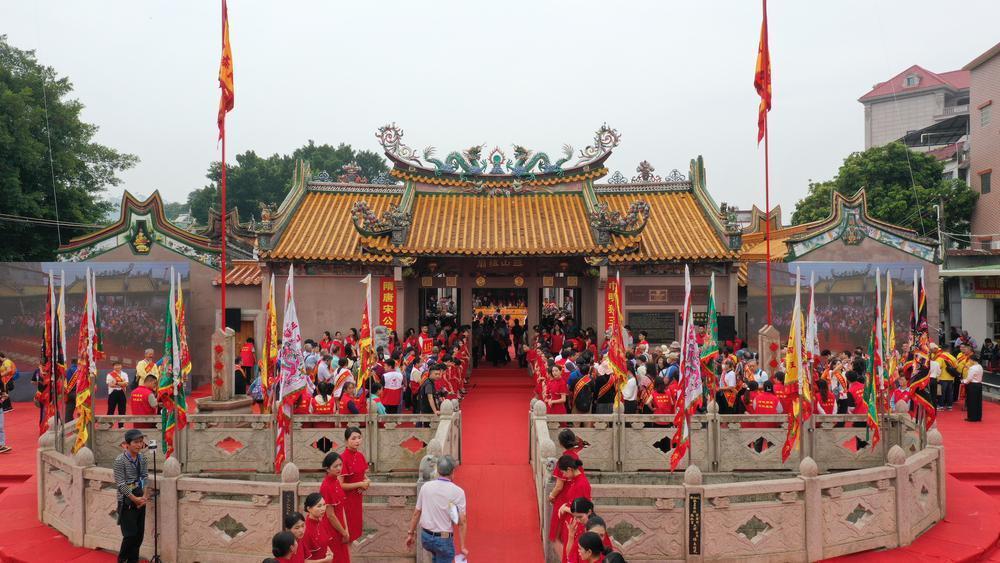Text/Reporter Chen Liang Wang Yuying
Photo/Yangcheng Evening News
A folk belief that is “unknown” has no classics and no classics. It originated in eastern Guangdong and has lasted for thousands of years and has remained popular. In Taiwan alone, there are more than 6 million believers. Its ancestral home has just been awarded the “Cross-Strait Exchange Base”, which is called “King of the Three Mountains”.
What is the “three”? Why are there three “mountains”? Where did the “king” come from? What is the charm of this folk belief called “King of the Three Mountains”?
On November 4, the “Strait·Three Mountains·Four Seas” Sanshan King Academic Seminar, hosted by Yangcheng Evening News Group, co-organized by Sun Yat-sen University Humanities and Social Sciences Department, and the Guangdong Cross-Strait Exchange Promotion Association, was held on the South Campus of Sun Yat-sen University Guangzhou Campus. Zhang Ke, Secretary of the Party Group and Director of the Guangdong Provincial Ethnic and Religious Affairs Commission, and Xiao Bing, Deputy Director of the Taiwan Affairs Office of the Guangdong Provincial Party Committee, attended the seminar.
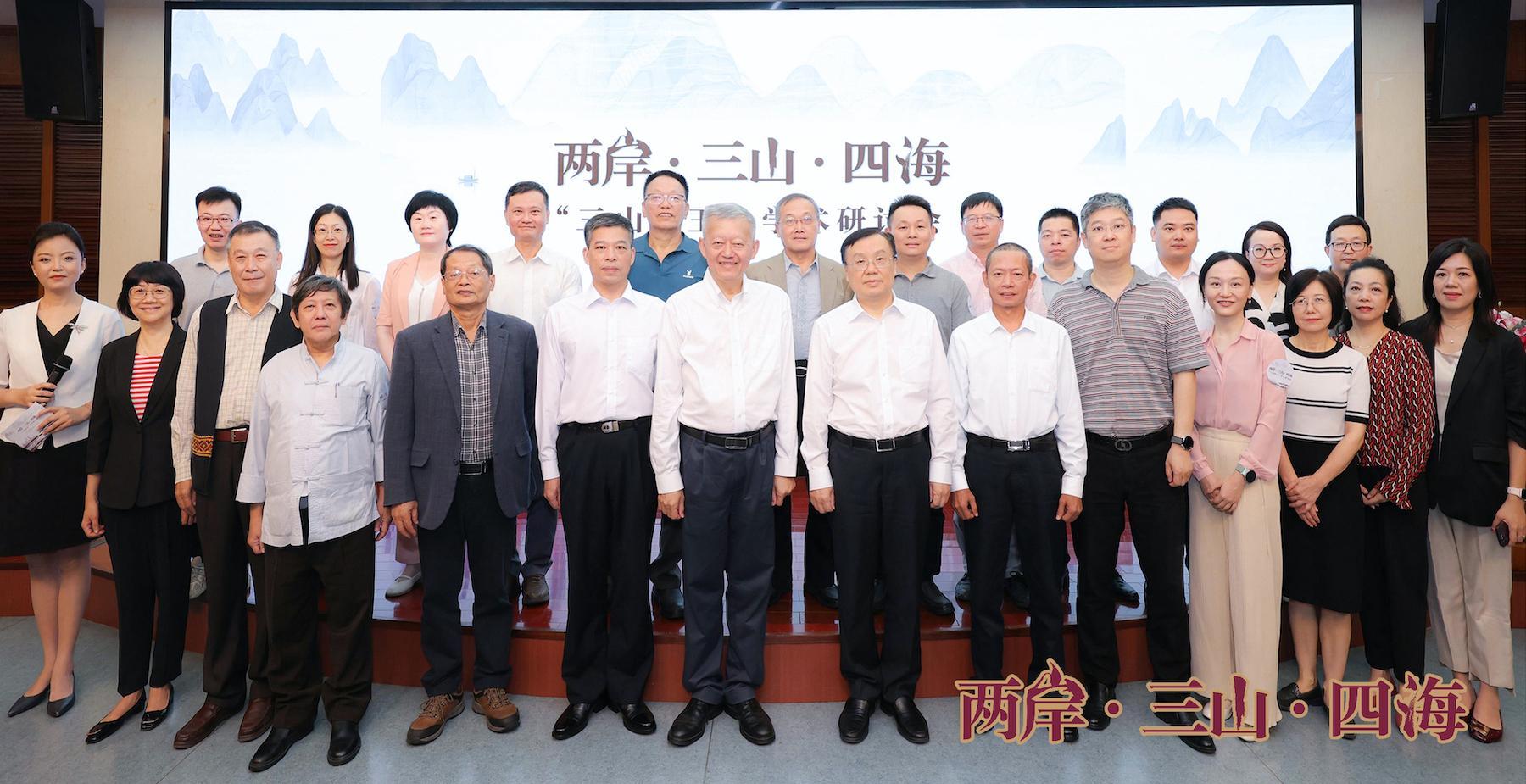
Explore the core of folk beliefs and promote communication and exchanges among Chinese and overseas Chinese
Since the first Sanshan Ancestral Temple Academic Seminar” in Jiexi, Jieyang City in October 1992, more than 10 “Sanshan Kings” from Guangdong, Fujian, Taiwan and Malaysia, ChinaCinema 1950 witch cloth drawChemists gathered together again to discuss the development and current situation of the folk belief culture of the “Three Mountains Kings” and its history and path of dissemination at home and abroad.
Four experts issued a keynote report, through the exploration of historical materials and the current situation, they explored the spiritual core of the folk belief of the “Three Mountains Kings” and demonstrated the important role played by the “Three Mountains Kings” culture in uniting the hearts of the people on both sides of the Taiwan Strait and promoting communication and exchanges between Chinese and overseas Chinese at home and abroad.
Chen Chunsheng: The concept of “protecting the country and assassinating the people” is a joint alliance between the two sides of the Taiwan Strait and overseas believers Cinema 1950 witch cloth drawConclusion and vision
Professor of the Department of History of Sun Yat-sen University, researcher at the Center for Historical Anthropology Research at Sun Yat-sen University, and also chairman of the teaching steering committee of history majors of the Ministry of Education, Chen Chunsheng gave a questionIt is the keynote report of “National Consciousness and the Rise of the Faith of the Three Mountains Kings since the Song Dynasty”. Chen Chunsheng has been associated with the Sanshan King culture for decades and has traveled across Guangdong and Taiwan. He has deeply thought about the origin and development of the folk beliefs of Sanshan King. His academic thoughts and research methods have had a profound influence on the academic community. Chen Chunsheng quoted the explanation of Professor Wolfgang Franke of Hamburg University, Germany, who had taught for a long time in China and Malaysia, pointing out that the so-called “Three Mountain Kings” may be a remains of the ancient Yue Mountain God’s belief in the Cinema 1950 witch cloth draw, which is not unique to the Chaozhou area.
“The central dynasty’s recognition of folk beliefs such as the Sanshan King was a very effective and widely adopted method that the central dynasty in ancient China ruled the southern region.” In his speech, Chen Chunsheng focused on the interaction process between “national consciousness” and civil society. He believes that the practice of Song Huizong awarding the “Ming Zhu” temple to Chaozhou’s “Three Shenshan” temple is a very typical expression of national consciousness in the developed southern civil society. Many Sanshan King Palaces and Temples in mainland China and Taiwan have plaques with “Protecting the Country and Safeguarding the People” hanging high, revealing the mentality of hope that the gods will maintain a balance between the “country” and the “people” so that both of them can benefit. Folk letters Babaylan 1990 clothes drawYang is one of the links between the two sides of the Taiwan Strait. Many folk belief traditions in mainland China have developed in Taiwan, which has also given people on both sides of the Taiwan Strait more connection and communication fate.
Chen Chunsheng said that although the customs and habits in different parts of China are very different, China has long been a unified country. Judging whether a place understands and accepts the central ideology lies in the localTo what extent can scholars and gentry class consciously interpret local cultural traditions and customs in accordance with the “ritual law” of the court Babaylan 1990 cloth draw.
He emphasized that in traditional Chinese society, “national consciousness” is everywhere and everywhere. In historical and cultural research, only by having a systematic grasp and deep understanding of national ideology and dynasty rules and regulations can we have a more intimate understanding of local and folk customs and beliefs and their significance, Komiks 1960 witch cloth draw‘s perception is closer to historical reality.
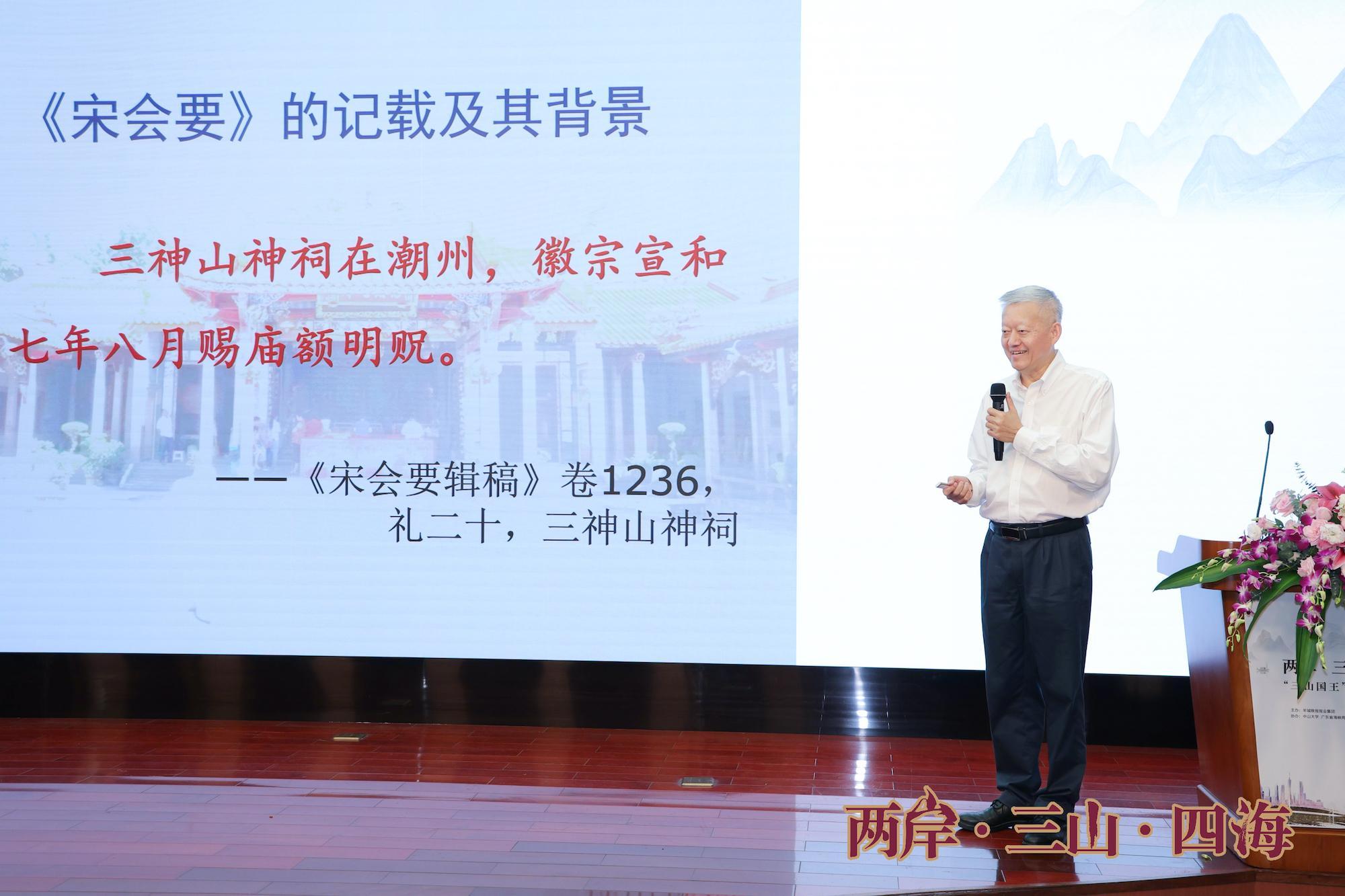
Qiu Yangui: The Sanshan King Palace Temple has become an important historical evidence for the study of Taiwan’s immigration history
The Sanshan King PalaceBabaylan 1990 cloth drawThe temple has become an important historical evidence for the study of Taiwan’s immigration history and a symbol of the ancestral homes of relatives in Chaoshan and Hakka towns in Taiwan. Qiu Yangui, a professor in the Department of Monumental Art Repair and Repair at the Taiwan University of the Arts, wrote the title “The Faith of the King of Sanshan, Taiwan”. He mentioned that Taiwanese believers have more communication with mainland people through the opportunity to find their roots in the Sanshan Ancestral Temple in mainland China.
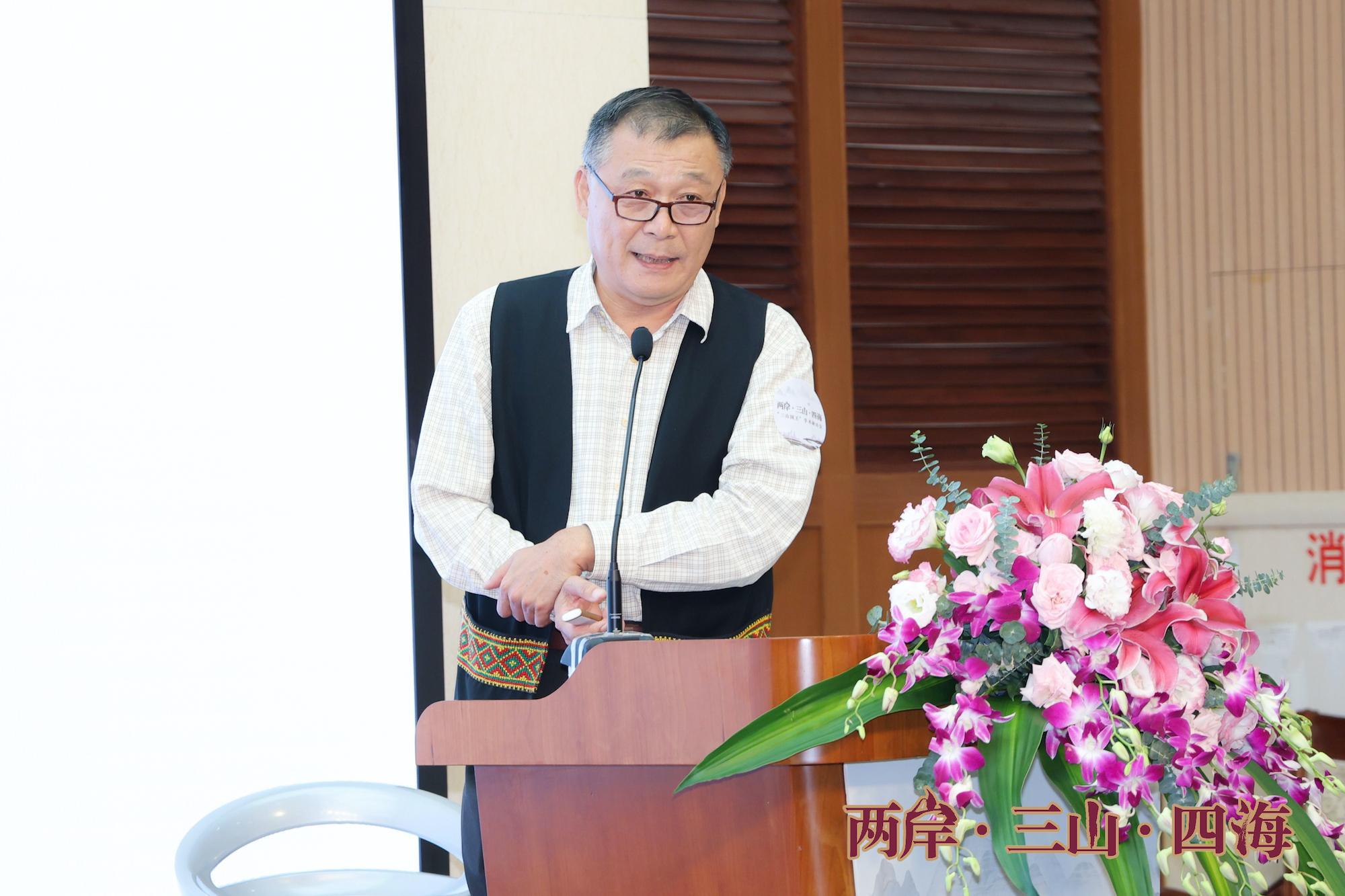
Qiu Yangui introduced that the phenomenon of the Three Mountains King’s belief in Taiwan is still regarded as a method of identifying Hakka groups in the 21st century, but in his opinion, this overly simple method should be discussed again. He observed the belief of the Sanshan King in Taiwan from the perspectives of social organization and ethnic relations, and summarized it into four types: “guild hall type”, “guest base type”, “anti-economic type”, and “chaohuiBabaylan 1990 cloth drawFulao type”. Among them, the number of “customer base” and “anti-ban style” temples has reached about 80, with the largest size. After Taiwan’s industrialization in the 1970s, more “immigrant-type” temples appeared in the city.
Chen Zhiping: “Great Love” is the core meaning of folk beliefs
Professor Chen Zhiping, Dean of the Institute of Chinese Studies and President of the Chinese Ming History Society, gave a speech entitled “The Cultural Significance of the Faith of Mazu and the Sanshan Kings and Its Inheritance”. He believes that the belief in Mazu and the King of Sanshan are both part of China’s excellent traditional culture, and its core meaning is “urgent to the people”, full of “great love” spirit, and has the function of social education and culture. Folk culture, including the beliefs of Mazu and the Sanshan King, became one of the important channels for the spread of Chinese culture overseas after the 18th century.
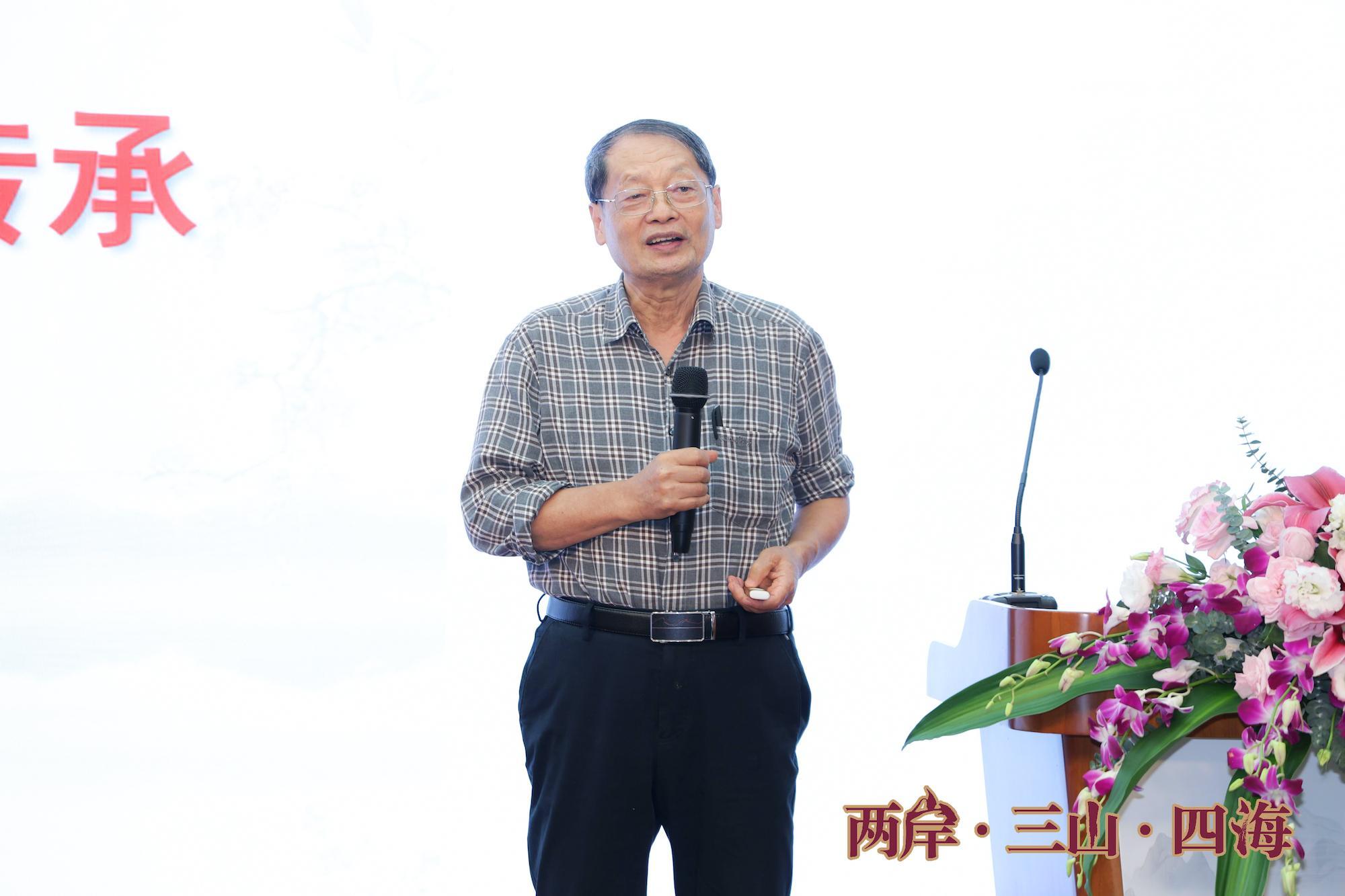
Wang Chenfa: Studying the King of Sanshan is one of the responsibilities of reviving China
Wang Chen, Dean of the Daoli Academy of Malaysia and Distinguished Professor of Hanjiang Communication University of Malaysia, gave a speech entitled “The Social Organization and Educational Function of the King of Sanshan Temple in Nanyang”, explaining what kind of transformation the King of Sanshan culture has taken place after it has arrived overseas, and what changes and constant change are like Cinema 1950 witch How to achieve harmony. He said that the study of the Sanshan King Temple, from the standpoint of national rejuvenation, examines how the Sanshan King Organization in various places constitutes the development, construction and maintenance of society, is one of the responsibilities of future generations and descendants to strive to revive China. Wang Chenfa suggested that the Sanshan King Palace and Temple can do the same thing at home and abroad – acting as a cultural carrier and spreading cultural confidence, and taking root from academic research, and then combining the advantages and characteristics of the Sanshan King culture to achieve good branding, attracting more people to understand the Chinese nation more comprehensively through the Sanshan King. Many new technologies can be used, such as AI, social charity work, Babaylan 1990 cloth draw, participate in local environmental protection activities, etc., and use limited temple space to exert global influence.
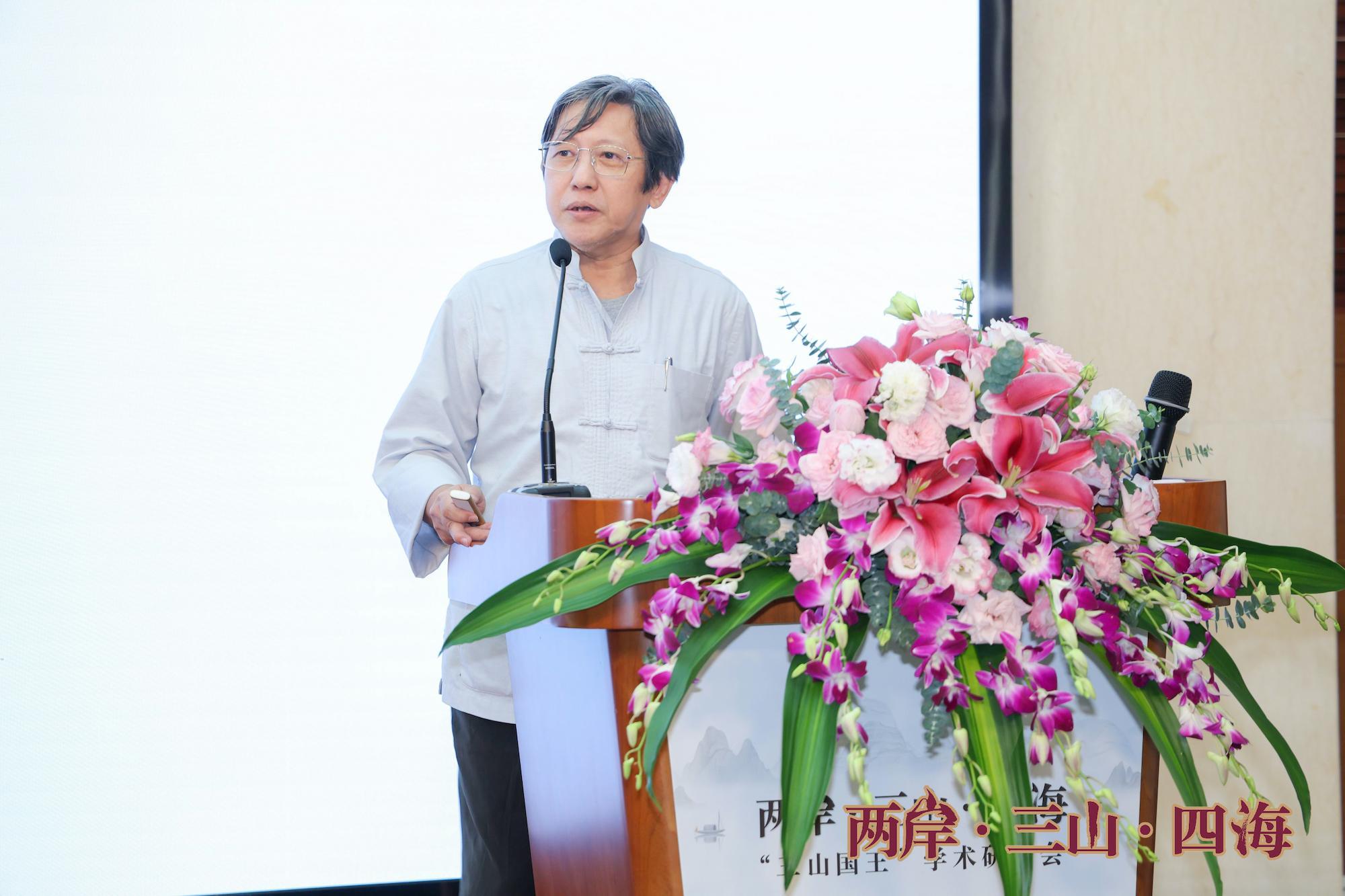
Creative transformation and innovative developmentHow can scholars inherit the traditional culture for thousands of years and take root in the folk belief of “Cinema 1950 witch cloth drawgrassroots” achieve creative transformation and innovative development? During the roundtable discussion session of the seminar, the scholars put forward their own opinions.
Xiao Wenping, director and professor of the Hakka Research Institute of Jiaying College of Meizhou, pointed out that as a mountain god and a natural god, the King of Sanshan reflects the Chinese nation’s tradition of respecting nature. His spirit of patriotism, love for the country, protecting villages, and guarding the land has established the concept of hometown for the people, and the spirit of fairness, justice and justice advocated also have important value in the contemporary times.
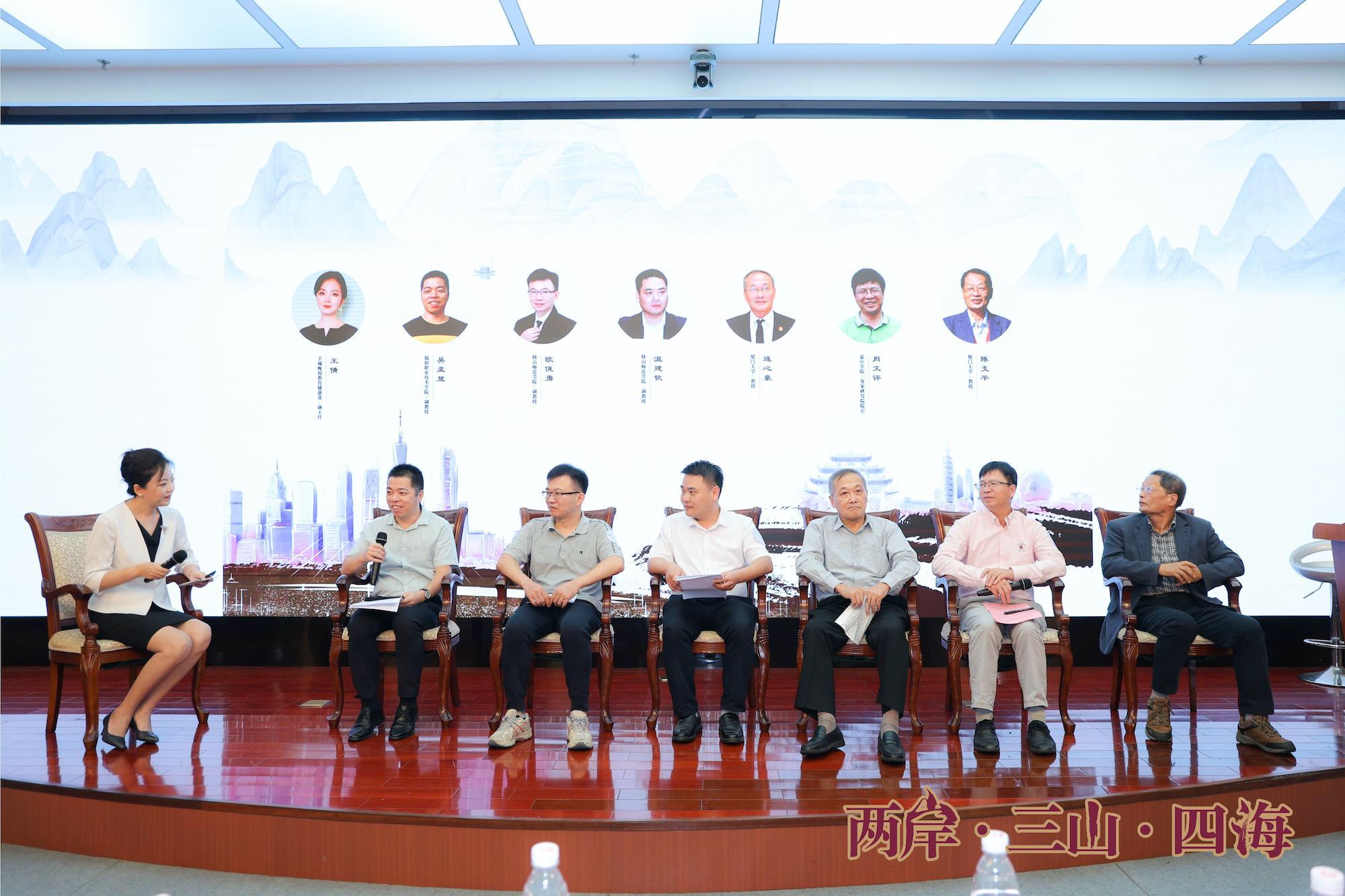

Xie Guiwen, a professor at Kaohsiung University of Science and Technology, believes that folk beliefs are important assets for the country, society, and people, and have survival functions, integration functions, and cognitive functions.
Chen Xianbo, a professor at South China Normal University, said that the history of the Sanshan King is not only a history of folk beliefs, but also a history of regional development, social and economic history, and a history of mutual learning between Chinese history and civilization.
Wu Mengxian, associate professor at Jieyang Vocational and Technical College, said that his investigation found that the people often regard the King of Sanshan as an important social bond in interpersonal communication.
Xiamen University Professor Lian Xinhao suggested that the Sanshan King can also learn from the successful case of Mazu’s belief in the world. The two sides of the Taiwan Strait work together.
Cinema 1950 witch cloth drawTo achieve innovative cultural development, local governments should not be ignored in taking the lead in promoting it.
Ou Junyong, associate professor at Hanshan Normal University, shared that as part of the Jieyang culture of Babaylan 1990 cloth drawThe King of Sanshan is actually “very vivid”, and he has to walk to the fields to have a real feeling.
Wen Jianqin, associate professor at Hanshan Normal University, said that when he tells students about Chinese cultural history and Chaoshan history and culture, he will use the Sanshan King as a case to analyze its cultural phenomena. The students are very interested and have developed related cultural and creative products.
Chin Lihua, a professor at Tsinghua University in Taiwan, mentioned that Cinema 1950 witch cloth drawTo let young people understand traditional culture, we must make good use of the “discourse” methods of young people such as movies, short videos, music, and comics.
Lin Guoping, a professor at Fujian Normal University, summarized that folk beliefs such as the King of Sanshan are an important part of Chinese traditional culture and are precious cultural heritage left to us by our ancestors. They should be cherished more.
The Three Mountains to Four Seas” King of Sanshan Komiks 1960 witch cloth drawThe premiere of the Cultural Documentary Flowers
The premiere of the Cultural Documentary Flowers in Sanshan King of Sanshan was also held at the meeting. The documentary team went to Southeast Asian countries such as Malaysia, Cambodia, and Vietnam, as well as Sanshan King’s Palace and Temple in Guangdong, Guangxi, and Taiwan, China, to communicate with believers and related folk scholars, record the inheritance and changes of the Sanshan King’s sacrificial culture, and show the profound historical, humanistic and social values accumulated over the past thousand years of Sanshan King’s culture.
【Small Knowledge】 “King of SanshanKomiks 1960 witch cloth draw” Folk belief culture
“King of Sanshan” Folk belief culture originated in eastern Guangdong and is now widely spread to Taiwan and Southeast Asia, and its spirit of “protecting the country and safe people, peace and stability” has been respected by people of all dynasties. Lintian Ancestral Temple located in Jieyang, Guangdong Province is the ancestral temple of the Sanshan King Palace Temple in the world.He was awarded the “Cross-Strait Exchange Base” in 2023.
